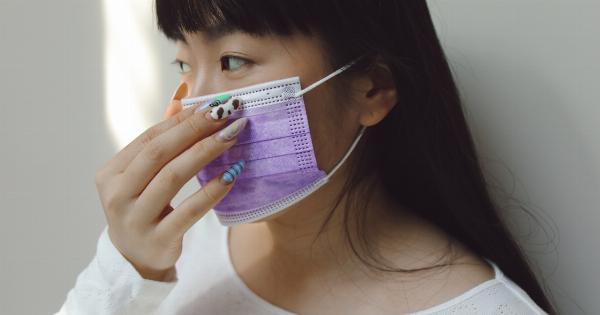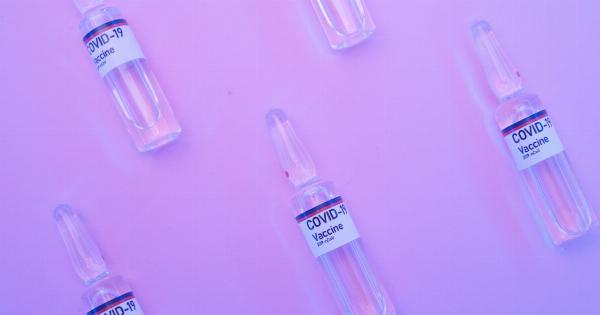Keratoconus is an eye disease that affects the cornea, which is the transparent dome-shaped surface that covers the front of the eye. The cornea gradually thins and becomes cone-shaped, causing blurred vision and other vision problems.
There are several treatment options available for keratoconus, including medications, contact lenses, and surgery. This article will discuss some of the most effective treatments for keratoconus.
1. Corneal Cross-Linking
Corneal cross-linking is a procedure that strengthens the cross-links between collagen fibers in the cornea. This procedure involves applying a riboflavin solution and then exposing the cornea to ultraviolet light.
The UV light prompts the riboflavin to form new cross-links between collagen fibers, which increases the structural integrity of the cornea.
Corneal cross-linking can significantly reduce the progression of keratoconus and, in some cases, can even reverse some of the damage. This procedure is typically performed on an outpatient basis and takes about an hour to complete.
The recovery period is usually a few days, during which time patients may experience some mild discomfort and sensitivity to light.
2. Intacs
Intacs are small, semi-circular plastic implants that are inserted into the cornea to reshape the curvature of the cornea. This procedure is usually performed under local anesthesia and takes about 15-20 minutes per eye.
Intacs can help improve vision in patients with mild to moderate keratoconus, although they may not be suitable for more severe cases.
The recovery period is usually a few days, during which time patients may experience some mild discomfort and sensitivity to light.
3. Corneal Transplantation
Corneal transplantation, also known as a corneal graft or keratoplasty, is a surgical procedure that involves replacing the damaged cornea with a donor cornea.
This procedure is typically reserved for patients with severe keratoconus or those who have not responded to other treatments.
Corneal transplantation can be performed in several ways, including full-thickness (penetrating) transplantation and partial-thickness (lamellar) transplantation.
The recovery period can be several weeks to months, during which time patients may need to avoid certain activities and take medications to prevent rejection of the donor cornea.
4. Contact Lenses
Contact lenses are a common treatment for keratoconus, particularly in the early stages of the disease. Specialized contact lenses, such as scleral or hybrid lenses, can help improve vision by correcting the irregular shape of the cornea.
Contact lenses require regular care and maintenance, including cleaning and disinfecting, and may need to be replaced periodically.
Some patients may experience discomfort or irritation from contact lenses, and some may be unable to wear them due to other eye problems or allergies.
5. Glasses
Glasses are often used to correct mild nearsightedness or astigmatism associated with keratoconus. However, glasses are usually not effective for moderate to severe keratoconus because they cannot correct the irregular shape of the cornea.
Patients with keratoconus should see an eye doctor regularly to monitor the progression of the disease and discuss treatment options.
With proper treatment and management, most patients with keratoconus can successfully manage their symptoms and maintain good vision.






























